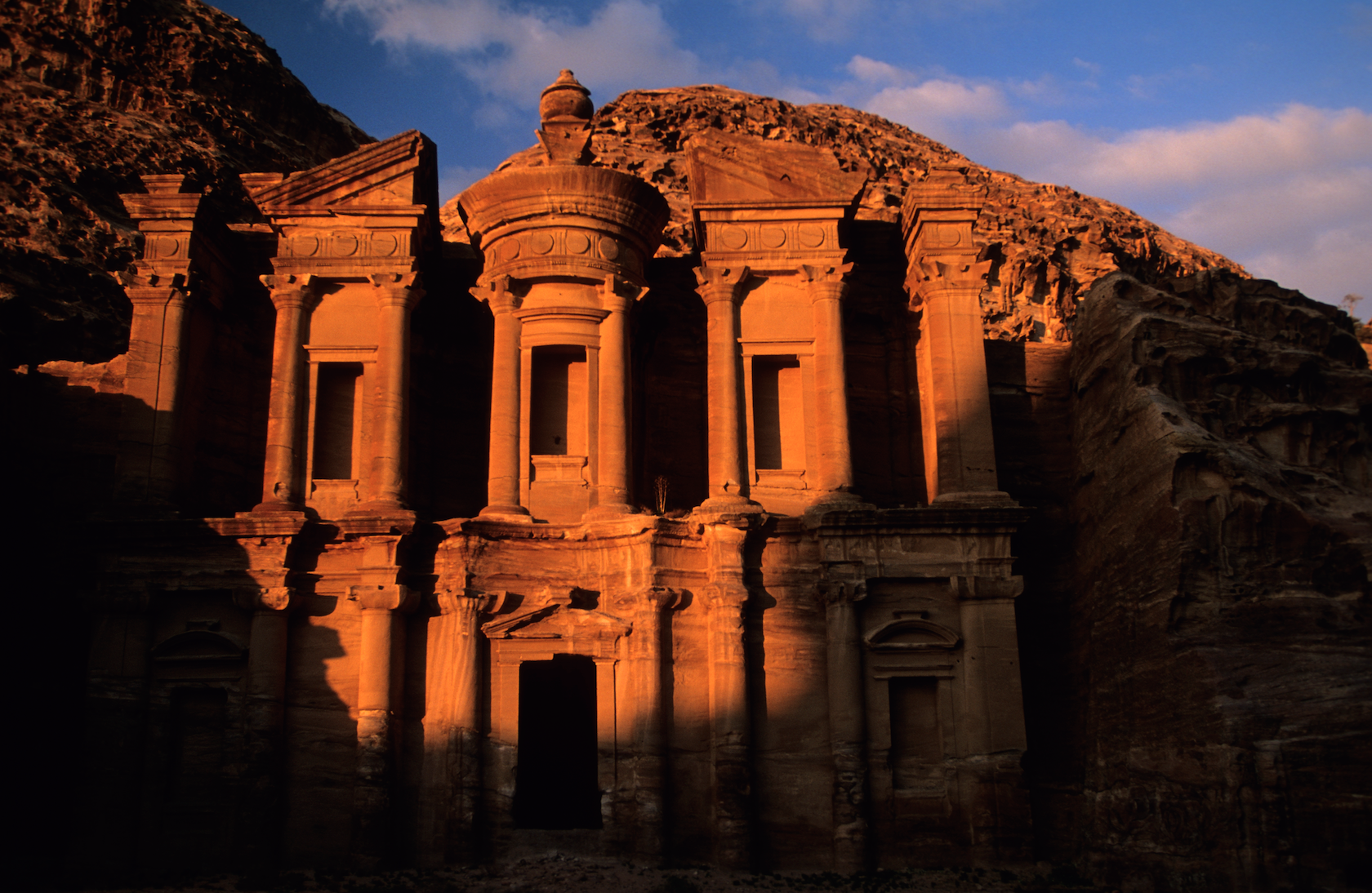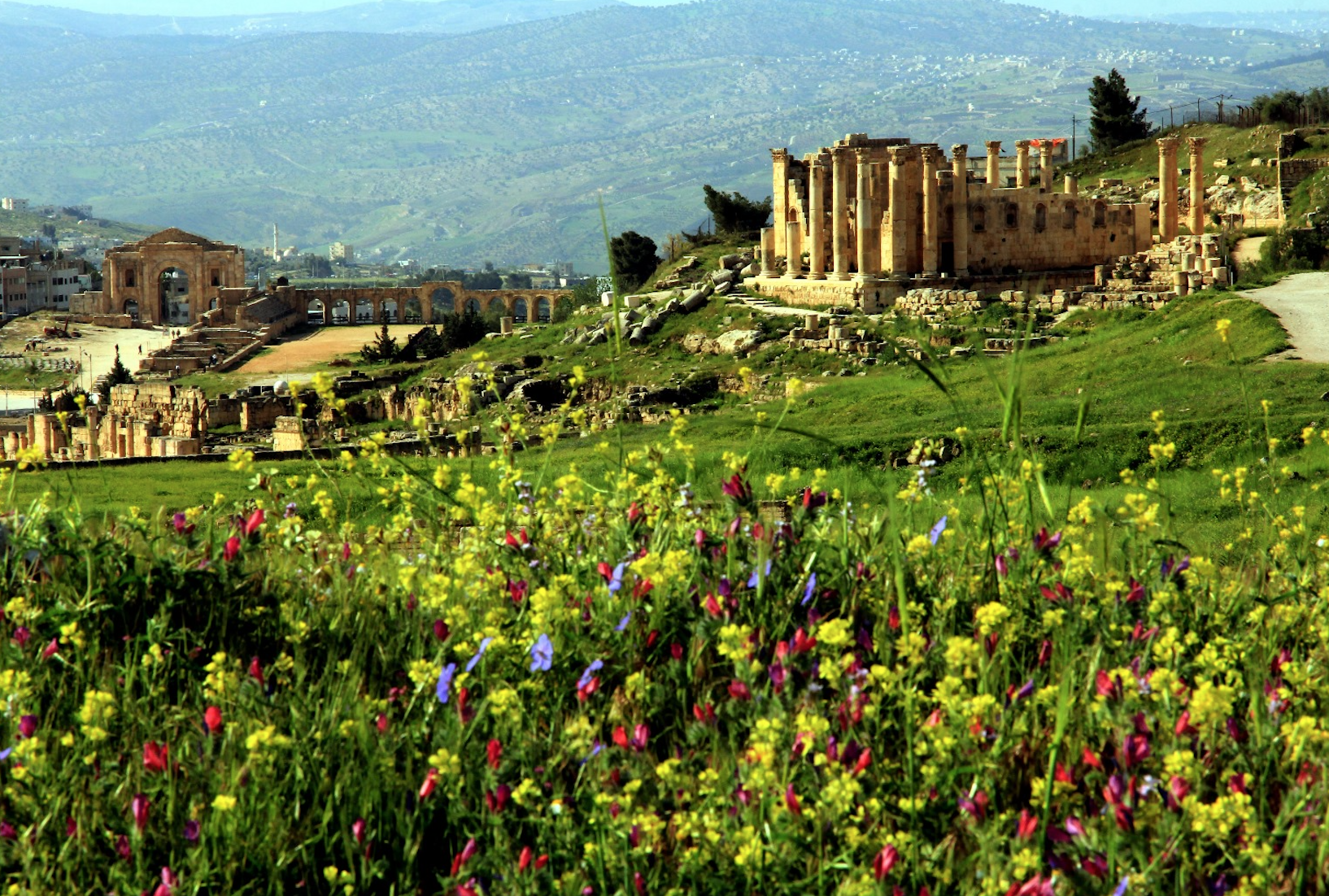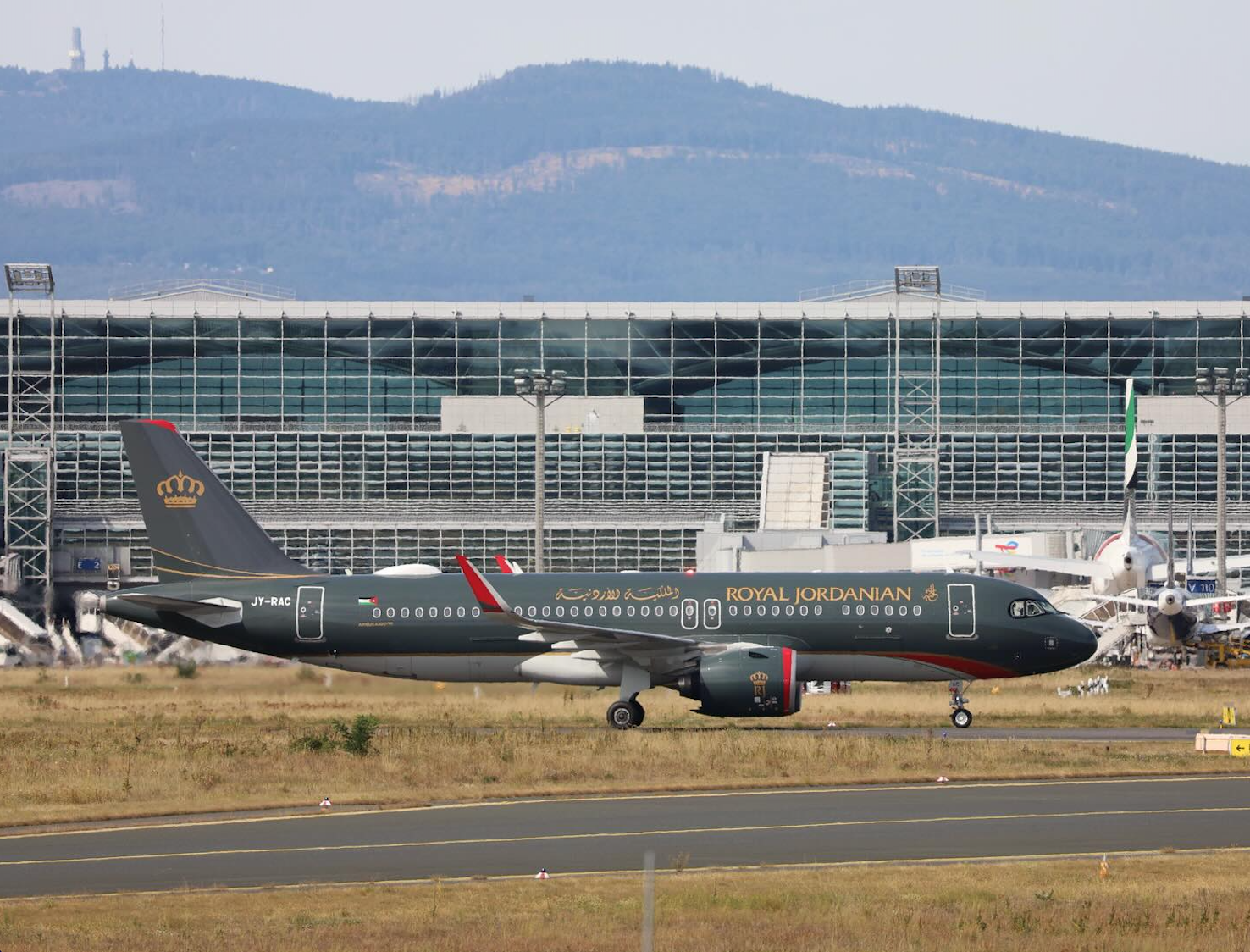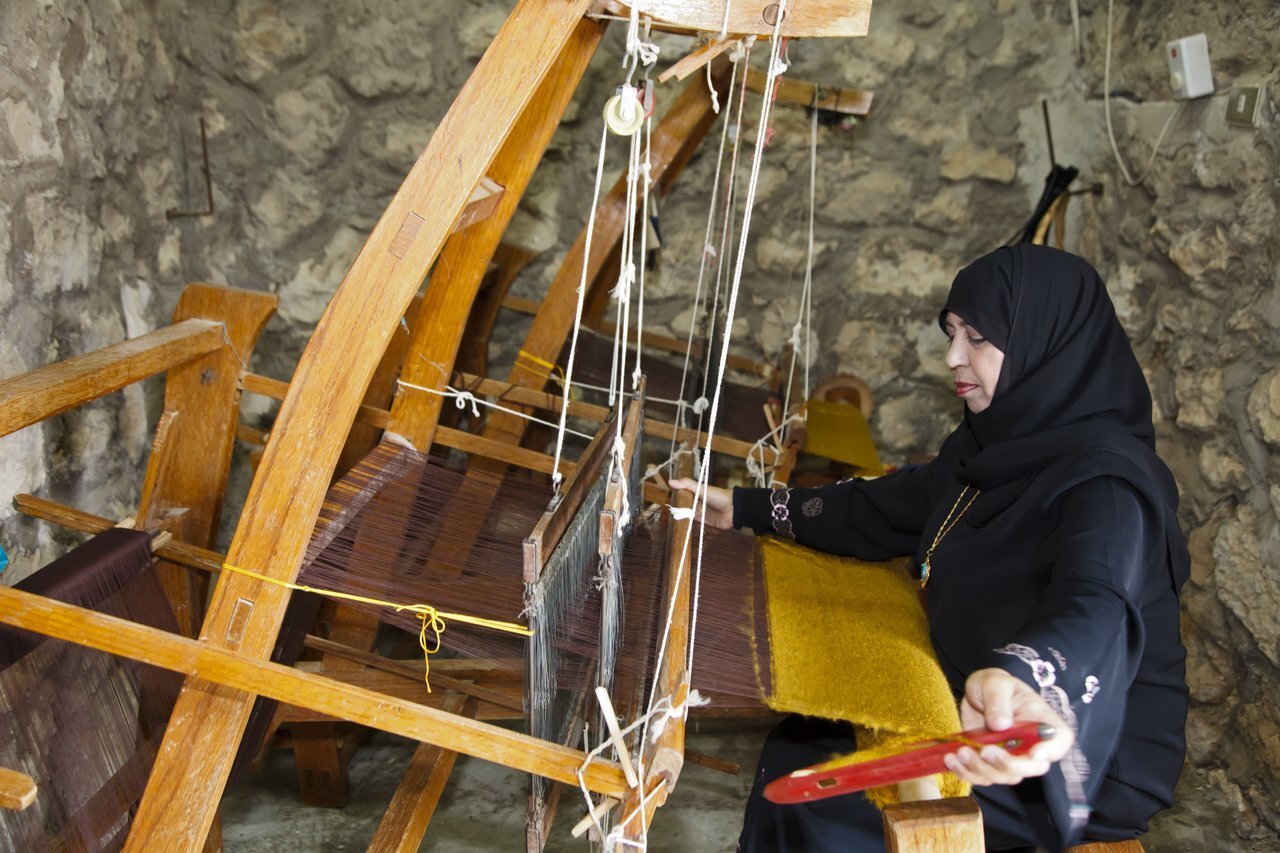Jordan’s Wadi Rum desert is a wonder to be seen anytime of the year, but when a meteor shower lights up the night sky, it will certainly make for a memorable desert experience.
Located south of the kingdom, Wadi Rum is filled with sandstone mountains, narrow canyons, and red-colored rolling dunes, coupled with thousand-year old rock art and inscriptions. The desert was also once inhabited by the Arab Nabataean tribe of pre-historic times before belonging to the Roman empire and then to the Byzantines.
The United Nations Educational, Scientific, and Cultural Organization (UNESCO) has listed Wadi Rum as a protected area and a world heritage site due to its historical significance. According to UNESCO, “widespread petroglyphs, inscriptions and archaeological remains testify to 12,000 years of human occupation and interaction with the natural environment.”
Wadi Rum is especially wonderful to experience in the evening. At night, the desert’s sky becomes blanketed with shining stars and the environment surrounding the vast desert is immensely peaceful and quiet, offering a tranquil experience for visitors.

This year in particular, star gazers and adventurers can experience an incredible sight of meteors lighting up Wadi Rum’s sky during the Perseid meteor shower that is expected to occur in August 2024. The Perseid meteor shower is famous for its profusion of shooting stars and dazzling displays, and it usually takes place each year between mid-July and mid-August with August 11, 12, and 13 being the days that display the greatest number of shooting stars.
Since Wadi Rum boasts some of the darkest skies on Earth with minimal light interreferences, Wadi Rum is the prime location to witness the beautiful natural light displays. Additionally, the desert’s dry climate, warm summer nights, and clear night sky also make it a perfect spot.

(Photo Credit: Worldering Around)
Whether for its breathtaking display of stars at night or its historic features, Wadi Rum is certainly a place to visit during a trip to Jordan.











